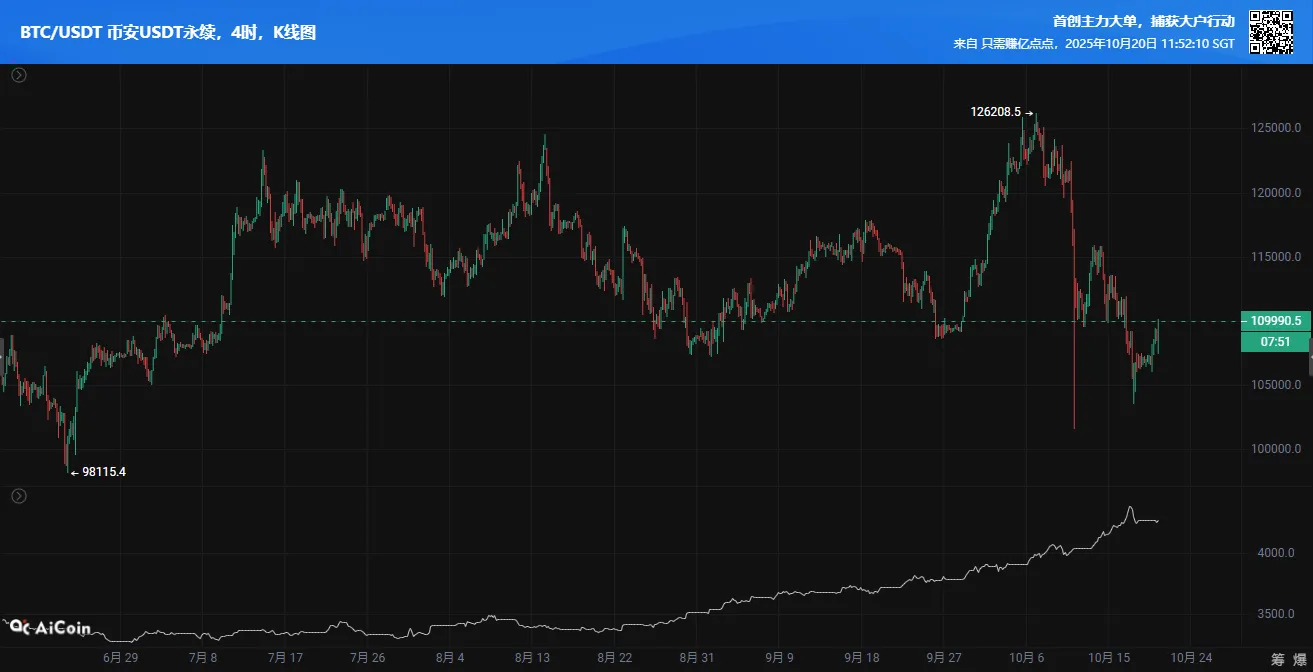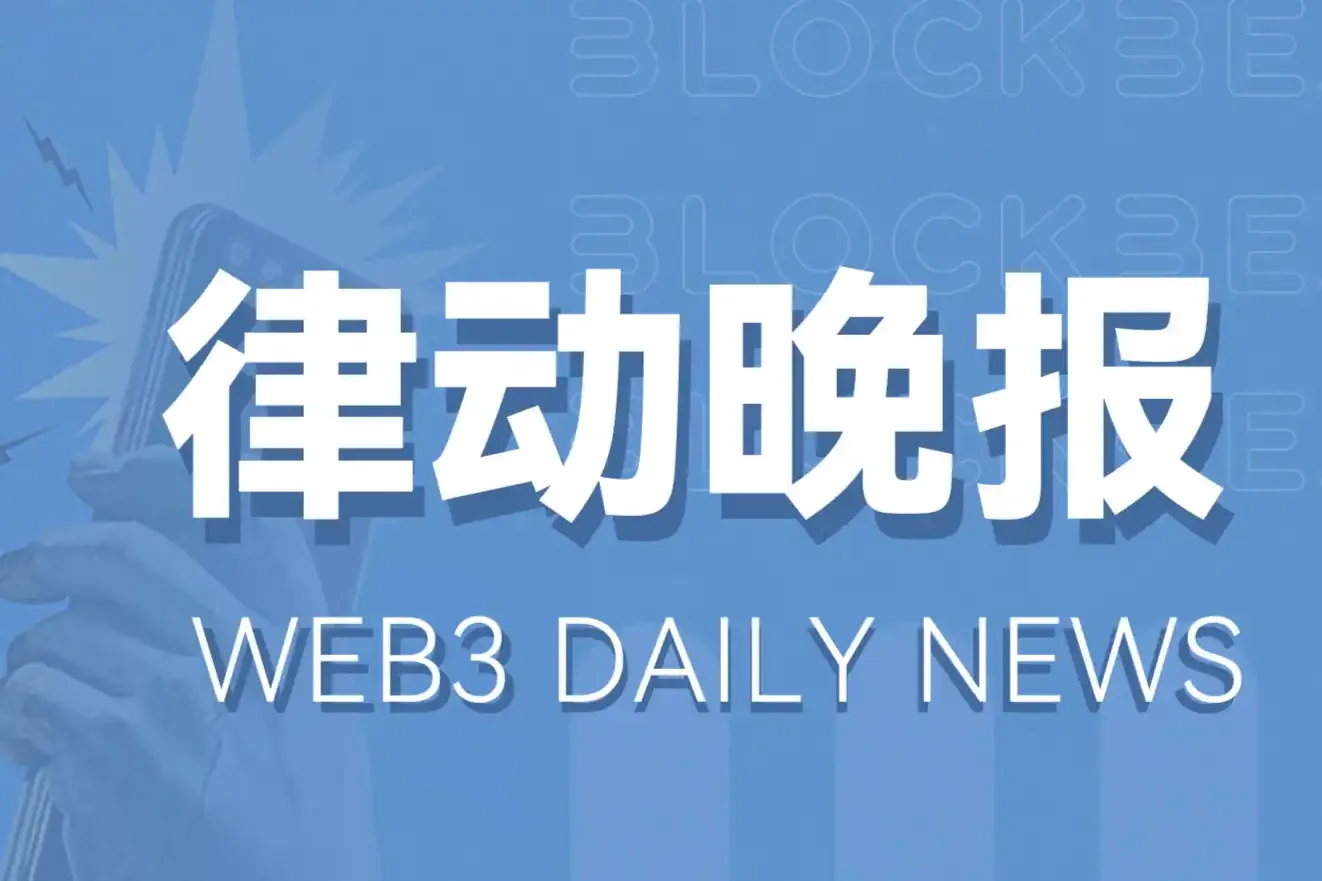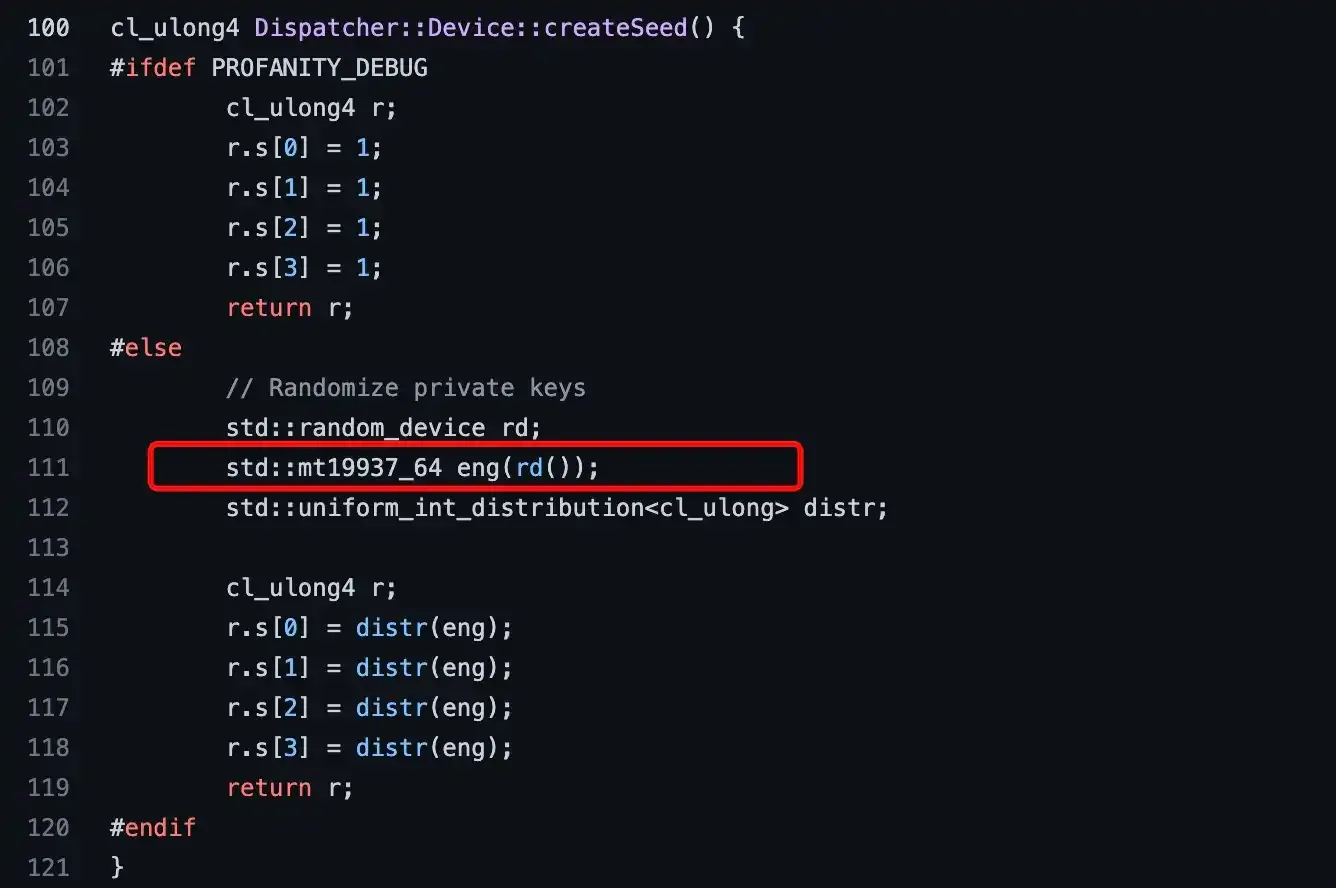On October 20, the xBrokers trading area began trial operation.
I have been observing RWA projects in this space for a year, and most of them are just telling stories about tokenized bonds, income certificates, and synthetic assets. They wrap traditional financial asset packages in a blockchain shell, but essentially, they are still derivatives. xBrokers has made an important innovation by allowing you to buy and sell Hong Kong stocks directly in a familiar exchange interface, and you can also transfer them to a brokerage account.
Real stocks come into play, stories become reality
The main character in this trial operation is a Hong Kong stock called "Ju." The code is tentatively set as 0XXXX.HK, and the trading pair is 0XXXX.HK/HKDJ (Hong Kong dollar stablecoin). Ju is a real stock, held in a 1:1 custody by a licensed broker, and all transaction records will be kept on-chain. By December 1, the Hong Kong stocks you purchase can be directly transferred to any brokerage account that supports Hong Kong stocks.
In other words, the stocks you buy in the crypto interface can be redeemed for real stocks at traditional brokerages.
The stocks you buy in a familiar trading interface can be taken to traditional brokerages. Shareholder rights such as dividends are all included. This is a true stock mapping.
The technical architecture is also robust. Real stock custody ensures asset authenticity, on-chain verification allows for traceable records, and HKDJ settlement avoids exchange rate fluctuations. These details come together to support the concept of "trading Hong Kong stocks in the crypto world." What the market lacks is a team that solidly addresses these details.
Even more interesting is the trading hours. Traditional Hong Kong stocks can only be bought and sold during fixed hours on trading days, which already limits liquidity, and small to mid-cap stocks often have prices but no market. xBrokers has arranged for extended trading hours during the testing period, allowing users from different time zones around the world to participate, effectively improving the liquidity of Hong Kong stocks.
The play of X tokens is intriguing
The xBrokers ecosystem has three core segments: early bird subscription area, free trading area, and stock pledge mining area. The X token connects these three segments.
The logic is simple: holding Hong Kong stocks allows for pledging, and after pledging, you receive computing power and X token rewards. X tokens can be used for platform governance and transaction fee discounts. Hong Kong stock companies that connect to xBrokers are required to maintain a reserve of no less than 30% of their market value for repurchasing X tokens in the secondary market.
The key to this design is that the value of X tokens is directly linked to real stock assets.
The stocks are real stocks, the computing power is real output, and the repurchase is a real action. An economic system driven by real stocks is starting to take shape.
On October 17, the X token completed a 3% burn and officially launched, with a total supply of 203.7 million tokens, releasing 72,000 tokens daily, halving every four years.
In the context of "stock pledge mining," these parameters take on a completely different meaning: its output is not generated out of thin air but comes from holding real Hong Kong stock assets.
Now that the trading area trial operation has officially begun, this model has entered the reality testing phase.
If users are willing to trade Hong Kong stocks in the crypto interface, willing to pledge stocks to obtain X tokens, and transfer stocks to brokerage accounts after December 1, then this closed loop from real assets to token incentives will have truly been realized.
Finally, someone is taking RWA seriously
Over the past year, most projects in the RWA track have remained at the "tokenization" stage. Bonds, real estate, stocks—all are packaging traditional financial assets into on-chain certificates. What users essentially buy is just the right to income.
What xBrokers is doing is closer to another form of RWA: moving asset trading into the crypto world, rather than just asset tokenization. Users can directly trade stocks in a familiar trading interface, and after the transaction is completed, the stocks remain stocks, and the rights remain rights; only the trading path has changed, occurring in the crypto world.
The Hong Kong stock market has thousands of stocks, many of which are small to mid-cap companies with very poor liquidity. If these companies can gain global trading channels through xBrokers, it would expand their financing channels, lower investment thresholds for retail investors, and inject liquidity into the Hong Kong stock market.
Thinking further, if Hong Kong stocks can be done, what about US stocks, A-shares, and other markets? If stocks can be done, what about bonds, funds, and other financial assets? From this perspective, xBrokers has significant development potential.
Market reactions will determine everything
During the trial operation, several data points are worth paying attention to.
Trading activity can reflect market acceptance. If trading volume increases, it indicates that users recognize this model. Order book depth can reflect liquidity conditions, and bid-ask spreads can reflect market efficiency. These are solid market data, more persuasive than promises in white papers.
The withdrawal rate may be the most critical indicator. After December 1, how will users choose? A high withdrawal rate indicates that users believe this is real stock. A low withdrawal rate but active trading may mean that the convenience of trading in the crypto interface has surpassed that of traditional brokerages. In either case, it will send a clear signal to the market.
A high withdrawal rate means that the "crypto interface trading + brokerage custody" structure has withstood the test. Then, it would be a natural progression for xBrokers to connect more Hong Kong stock targets. If users are more willing to trade in the crypto interface, the liquidity landscape of the Hong Kong stock market may truly change.
The performance of X tokens is also worth monitoring. High participation in stock pledge mining indicates that users recognize this incentive model. Once the reserve repurchase mechanism starts operating, the price of X tokens will be supported by real value.
Opportunities have emerged; let's see who dares to get on board first
The trial operation of xBrokers not only verifies technical feasibility but also market acceptance, compliance frameworks, and economic models. Once these are validated, the RWA track will truly enter the stage of real competition.
What follows is a competition to see who can move real assets into the crypto world, make users willing to trade in the crypto interface, and get traditional financial institutions to connect.
Once this is achieved, xBrokers has the opportunity to be seen as the prototype for Hong Kong stocks entering the crypto world. Retail investors will be able to trade stocks freely in a familiar crypto trading interface for the first time, and that moment of power transfer is worth looking forward to.
免责声明:本文章仅代表作者个人观点,不代表本平台的立场和观点。本文章仅供信息分享,不构成对任何人的任何投资建议。用户与作者之间的任何争议,与本平台无关。如网页中刊载的文章或图片涉及侵权,请提供相关的权利证明和身份证明发送邮件到support@aicoin.com,本平台相关工作人员将会进行核查。




